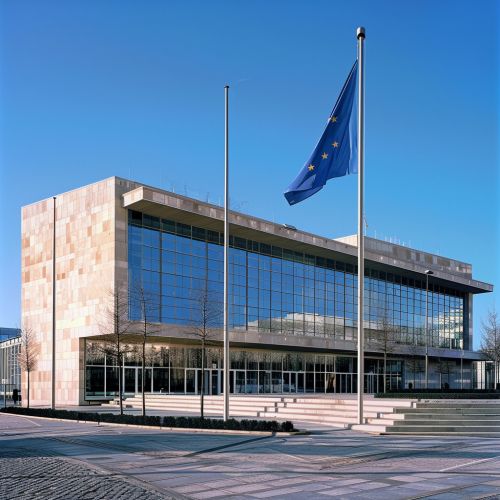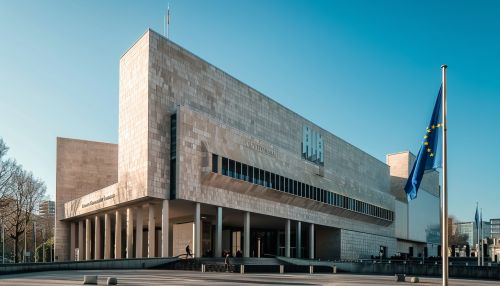Council of Europe
Overview
The Council of Europe (CoE) is an international organization whose primary aim is to uphold human rights, democracy, and the rule of law in Europe. Founded in 1949, it has 47 member states, with a population of approximately 820 million people. The CoE is distinct from the European Union (EU), but no country has ever joined the EU without first belonging to the CoE. The CoE's headquarters are in Strasbourg, France.


History
The Council of Europe was founded on 5 May 1949 by the Treaty of London following the devastation of World War II. The idea of the Council was first proposed by British Prime Minister Winston Churchill in a speech at the University of Zurich in 1946. The aim was to create a pan-European body to promote unity, prevent another devastating war in Europe, and ensure the protection of human rights.
Structure
The Council of Europe has several main bodies: the Committee of Ministers, the Parliamentary Assembly, the Congress of Local and Regional Authorities, and the Secretariat. The European Court of Human Rights, which enforces the European Convention on Human Rights, is also a part of the Council of Europe.
Committee of Ministers
The Committee of Ministers is the CoE's decision-making body. It comprises the foreign ministers of all member states, or their permanent diplomatic representatives in Strasbourg. The Committee meets at ministerial level once a year and at deputy level (Permanent Representatives) weekly.
Parliamentary Assembly
The Parliamentary Assembly (PACE) is made up of 324 members drawn from the national parliaments of the CoE's member states. It meets four times a year to discuss topical issues and to challenge European governments on their human rights records.
Congress of Local and Regional Authorities
The Congress of Local and Regional Authorities is an assembly of local and regional representatives that promotes local and regional democracy in member states. It meets twice a year.
Secretariat
The Secretariat, led by the Secretary General, assists all other bodies in their work.
Activities
The Council of Europe conducts a range of activities aimed at promoting and protecting democracy, human rights, and the rule of law. These include legal and policy advice, monitoring, standard setting, and cooperation activities.
Human Rights
The CoE plays a vital role in protecting human rights in Europe. The European Court of Human Rights, which is part of the CoE, hears complaints from individuals living in any of the member states about violations of the civil and political rights set out in the European Convention on Human Rights.
Democracy
The CoE promotes democratic principles across Europe. It provides support for democratic reforms in member states and carries out election observation missions.
Rule of Law
The CoE works to uphold the rule of law in Europe. It supports legal reforms in member states and provides training for legal professionals.
Membership
The Council of Europe has 47 member states, covering virtually the entire continent of Europe. All member states have signed up to the European Convention on Human Rights, a treaty designed to protect human rights, democracy, and the rule of law.
Criticism and Controversy
The Council of Europe has faced criticism and controversy over the years. Some critics argue that the CoE is too bureaucratic and that its decision-making process is too slow. Others claim that the CoE is not effective enough in enforcing its decisions, particularly those of the European Court of Human Rights.
